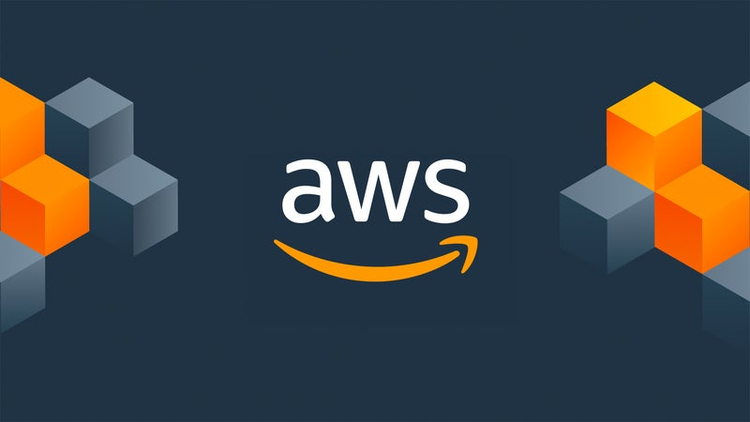Day 1 : AWS Zero to Hero
 Nilesh Kumar Sahu
Nilesh Kumar Sahu
Tasks for Day1
Learn about the different pricing models offered by AWS and write a post in own words.
Differentiate between on-premises, on-cloud, and hybrid cloud computing models, and explain when each might be most appropriate.
Explore IAAS, PAAS and SAAS with examples.
Understanding AWS Pricing Models and Cloud Computing Types
AWS (Amazon Web Services) offers a variety of pricing models to cater to different business needs. Let’s dive into these models, the differences between on-premises, on-cloud, and hybrid cloud computing, and explore IaaS, PaaS, and SaaS with examples.
AWS Pricing Models 🤑
On-Demand Pricing
Pay for what you use without any long-term commitments.
Ideal for short-term projects or unpredictable workloads.
Reserved Instances
Commit to using a specific instance type for a one or three-year term.
Provides significant cost savings compared to on-demand pricing.
Best for steady-state workloads.
Spot Instances
Bid for unused EC2 capacity at discounted rates.
Cost-effective but can be interrupted if AWS needs the capacity back.
Suitable for flexible, fault-tolerant applications.
Savings Plans
Flexible pricing model offering savings in exchange for a commitment to use a specific amount of resources over one or three years.
Provides more flexibility compared to reserved instances.
Free Tier
Offers limited access to AWS services for free for 12 months.
Great for learning and experimenting with AWS without incurring costs.
Cloud Computing Models ☁️
1. On-Premises
Definition: All infrastructure is located on-site within the organization.
When to Use:
Strict regulatory and compliance requirements.
Need for complete control over hardware and data.
Legacy systems that are not cloud-compatible.
2. On-Cloud
Definition: Resources and services are hosted entirely in the cloud.
When to Use:
Quick scaling needs and flexibility.
Lower upfront costs and reduced IT management overhead.
Ideal for startups and businesses wanting to leverage the latest technologies without heavy investment.
3. Hybrid Cloud
Definition: Combines on-premises infrastructure with cloud services.
When to Use:
Organizations that want the benefits of both models.
Need to keep sensitive data on-premises while utilizing cloud resources for scalability.
Disaster recovery solutions where critical applications run on-premises while backups are stored in the cloud.
Types of Cloud Services 🌐
IaaS (Infrastructure as a Service)
Definition: Provides virtualized computing resources over the internet.
Example: AWS EC2 (Elastic Compute Cloud) allows users to rent virtual servers on-demand.
Benefits:
Complete control over infrastructure.
Scalable and flexible resources.
PaaS (Platform as a Service)
Definition: Offers a platform allowing customers to develop, run, and manage applications without dealing with the underlying infrastructure.
Example: AWS Elastic Beanstalk lets developers deploy and manage applications easily.
Benefits:
Simplifies the development process.
Built-in tools for application management and scaling.
SaaS (Software as a Service)
Definition: Delivers software applications over the internet, on a subscription basis.
Example: AWS Chime is a communication service for video conferencing and messaging.
Benefits:
No need for installations or updates.
Accessible from any device with internet connectivity.
Conclusion
Choosing the right pricing model and understanding cloud computing types is crucial for optimizing costs and achieving business goals. Whether you need the control of on-premises infrastructure, the flexibility of on-cloud solutions, or a blend of both in a hybrid model, AWS has the offerings to meet your needs! 🌟
Subscribe to my newsletter
Read articles from Nilesh Kumar Sahu directly inside your inbox. Subscribe to the newsletter, and don't miss out.
Written by
